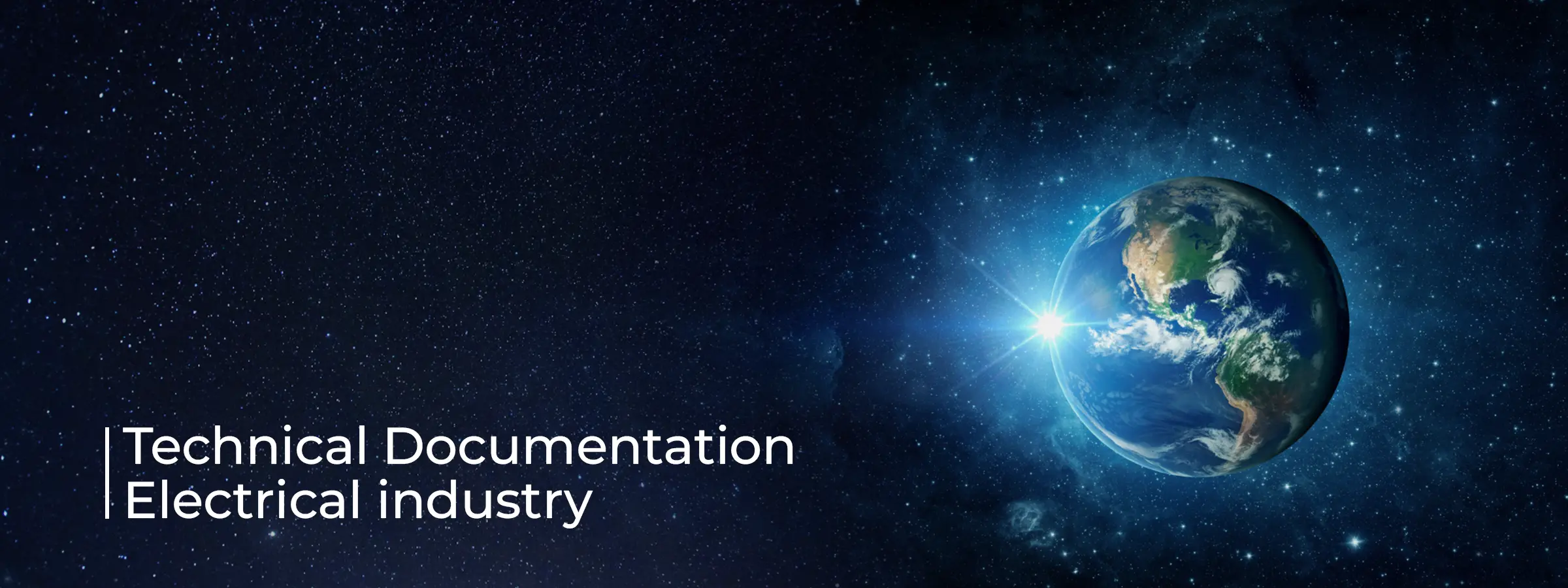
The technical documentation team in the electrical company is confronted with significant challenges related to translation, hampering our ability to provide comprehensive and accurate support materials to customers worldwide. Despite the crucial role of clear and accessible technical documentation in ensuring product usability and customer satisfaction, translation processes may be inefficient and error-prone, leading to delays, inconsistencies, and user frustration.
• Inefficient Translation Workflow: Translation workflow lacks a streamlined process, resulting in delays in translating technical documentation into multiple languages. Manual coordination with external translators or agencies, coupled with the absence of standardized translation tools and guidelines, leads to redundant efforts and inconsistencies across language versions.
• Quality Control and Accuracy: Ensuring the accuracy and quality of translated technical documentation is crucial for providing customer’s effective product support and troubleshooting assistance. However, quality assurance measures may be inadequate, leading to errors, mistranslations, and inconsistencies that can confuse users and undermine trust in our products.
• Timeliness of Updates and Revisions: Technical documentation requires regular updates and revisions to reflect product changes, software updates, and user feedback. However, translation processes may often lag behind, resulting in outdated or incomplete translated materials that do not align with the latest product features and functionalities.
• Localization Challenges: Translating technical documentation involves more than word-for-word translation; it requires considering cultural nuances, local preferences, and regulatory requirements to ensure relevance and usability in different regions. Failure to address these localization challenges may impede user comprehension and adoption of the products in international markets.
• Resource Constraints and Budget Limitations: Translation expenses can strain the technical documentation budget, especially when hiring multilingual staff. Limited resources and budget constraints may hinder the ability to invest in translation partnership, training programs, and quality assurance measures needed to improve translation efficiency and effectiveness.
• Develop Comprehensive Style Guides and Glossaries: Create standardized style guides and glossaries for technical terminology, writing conventions, and formatting guidelines to ensure consistency and accuracy in translated technical documentation. Provide training and resources to translators to adhere to these guidelines effectively.
• Conduct Market Research and User Testing: Prioritize market research and user testing in target regions to better understand local preferences, cultural nuances, and user needs. Tailor product messaging and features to align with the specific requirements and expectations of diverse international audiences.
• Optimize Resource Allocation: Allocate resources strategically to prioritize high-impact translation projects that directly contribute to product success and customer satisfaction.
• Feedback Collection: Engage with users in target markets to gather feedback on the usability and effectiveness of translated technical documentation. Conduct usability testing and iterate on translations based on user input to ensure relevance and comprehension in diverse international markets.
By addressing these key issues and implementing the proposed solutions, the technical documentation team can overcome the challenges associated with translation, enhance the accessibility and effectiveness of translated materials, and ensure consistent and accurate support for customers worldwide.
© 2024 WHITE GLOBE GROUP PVT LTD